When for his World Padel Tour Marbella Master, we have seen that the best players on the left can have a very different way of playing high balls. What to prefer? Let's try to clarify this.
Those who were able to follow the men's final stages of the WPT Cerveza Victoria Marbella Master live were certainly impressed by an incredible level of play. Today's top players are capable of doing incredible things, among them we find the work of tall balls.
Before getting to the heart of the matter, I would like us to understand how it is difficult to earn a point against top 10 players in the world. They are hyper trained, read perfectly the trajectory of the ball, and are able to defend relentlessly several tens of balls without making direct faults.
From there the work for the attacking team becomes complicated. Since most of the balls that our opponents will defend will be tall balls, how can we play them?
A smash?
Making a high-level smash is like taking risks. Several options are available to the attacking player.
- Either you can hit the ball in front of you and you can bring the ball back to your court.
- Either the lob is very high, you have time to place yourself correctly under the ball even from the bottom of the field, and you manage to smash with effect to bring the ball home, this is the area in which excels Juan Lebrón, and he's the only player to try (and succeed) this move as often.
- Either you want to take it out by 3. In the current game, the players take the ball out of the track less and less because the defenders are so fast they can counter. This increasingly risky option is chosen only when the attack is clear and the defenders away from the net.
- Finally, and here we come, we have the smash worked, which most left players use as Stupa, Galan, Navarro or Lima as a left-hander. This smash is often carried out by backing up after an opponent's lob which does not allow you to be correctly positioned to carry out the strikes listed above. The goal of these smashes is first not to lose the net. Then from find hard to defend areas :
- Grid
- The rebound on the side window which dies on the bottom window
- The rebound on the bottom window which dies on the side window or the grille ("false by 3")
- Falling in the feet of the volleyball player
Knowing how to play and work the points with your smash has become very important. Before, smashes were not necessarily precise shots that allowed points to be finished. Today it is a precise move, very used among the players not to lose the net and to put the defense in difficulty. We saw in Marbella that Paquito Navarro's smash grid had done enormous damage. We realize that it is today more used than the bandeja among left players.
A bandeja ?
For those who do not know what a bandeja, it's a shot that could be mixed between a smash and a volley. Made at head height, it can be cut or brushed.
This specific blow to the padel was created in the first place so as not to lose the attacking position at the net. Over time, it has been worked on by players and is becoming widely used in a “surgical” game. 2 ways to play the bandeja : in support, or in suspension.
- Rare are the bandejas that top players can play in support. When the opportunity presents itself they tend to look for a very low rebound and a ball that will stay very close to the glass because we know defenders are capable of picking up any type of ball. So speed ok, but especially precision.
- Most of the work will be on bandejas in suspension. It's a blow particularly used by Maxi Sanchez or Fernando Belasteguin when playing on the left. Watching them do it, we sometimes say to ourselves “but come on and hit it…” because we often see them playing slowly. In fact if you quickly play a bandeja that you will have to strike lightly behind you, you will have little time to replace yourself. So you will lose the net. Playing slowly also allows you to find more areas and leave your opponents at the bottom because your ball will bounce little on the glass. However, there are two speeds.
- Spring. This way the players are precise. It will be the bandeja most often used which will allow us to wait for the right moment for an attack in good conditions.
- Fast. To surprise the defenders at the back of the track. The most used is this ball which will first strike the back glass and then bounce off the grid. Also there is this bandeja fast that will be played on the defenders who will come to press the net after the lob. The body being the preferred zone in this situation will allow the players to “fix” in order to retake the net on the next stroke.
Le padel today is faster and faster. Getting to overtake the best players is very difficult because their preparation and their reading of the ball are exceptional. Hitting hard is used in 2 situations: either to surprise, or in a clear case of stitch finishing. All other hits, including tall balls, are preparation shots to create movements on the track, holes in which you have to rush.
If you want to progress to padel, do not take the lead if you do not control a blow well. We realize that a player like Navarro excels at a high level doing very little bandejas, and conversely, Bela or Maxi Sanchez are top players who mainly use the bandeja et much less the smash worked. So if you want to play like the pros, it doesn't matter if you prefer to perform bandejas or worked smashes, first be pacientes, and work it precision on all the shots you will execute!
Julien Bondia is a teacher of padel in Tenerife (Spain). Columnist and advisor, he helps you play better through his tutorials and tactical/technical articles padel.




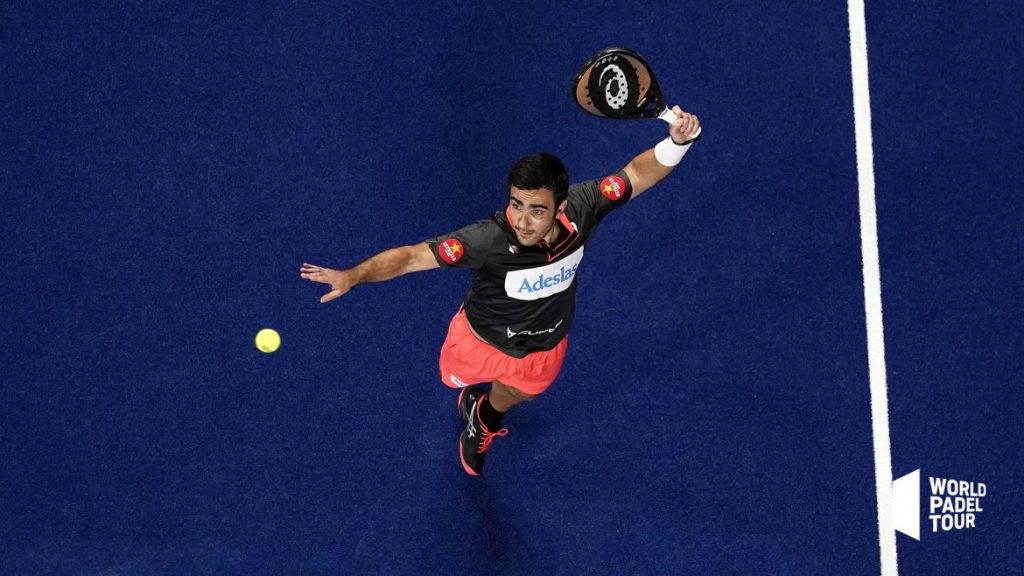













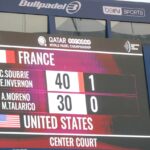


















































































 Nallé Grinda: “Democratize the padel in the USA with PadelX "
Nallé Grinda: “Democratize the padel in the USA with PadelX " The score at padel : manual
The score at padel : manual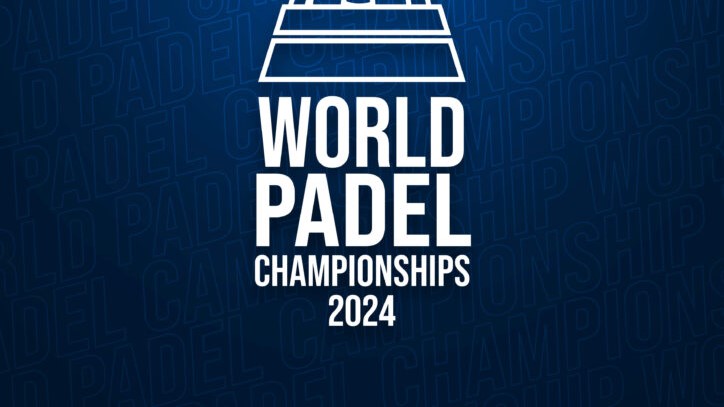 The location chosen for the 2024 World Cup announced at the end of the month!
The location chosen for the 2024 World Cup announced at the end of the month!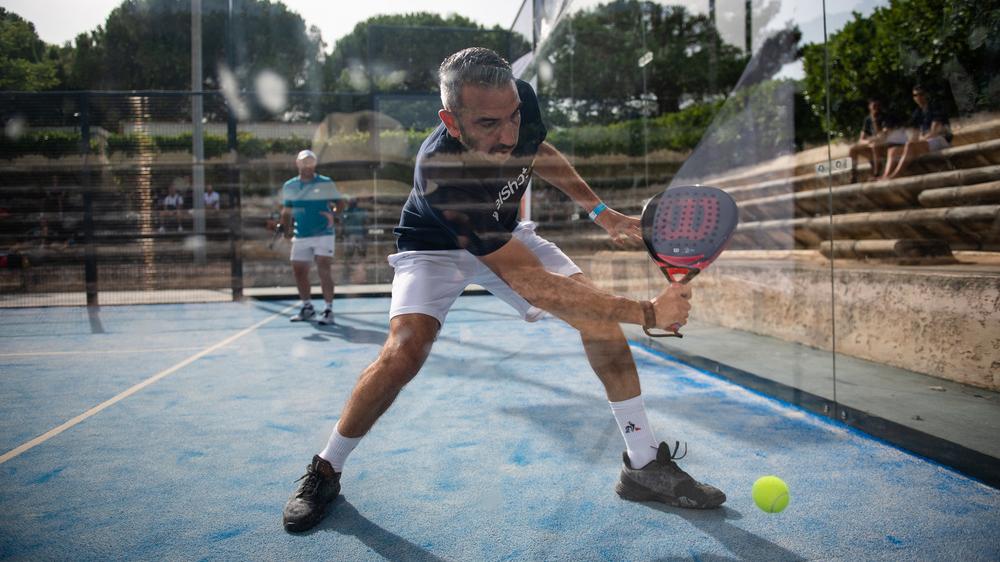 Simon Boissé: “We know that there are two nations in front of us”
Simon Boissé: “We know that there are two nations in front of us” Marie Maligo: “This period of frequent changes of partners was beneficial for me”
Marie Maligo: “This period of frequent changes of partners was beneficial for me”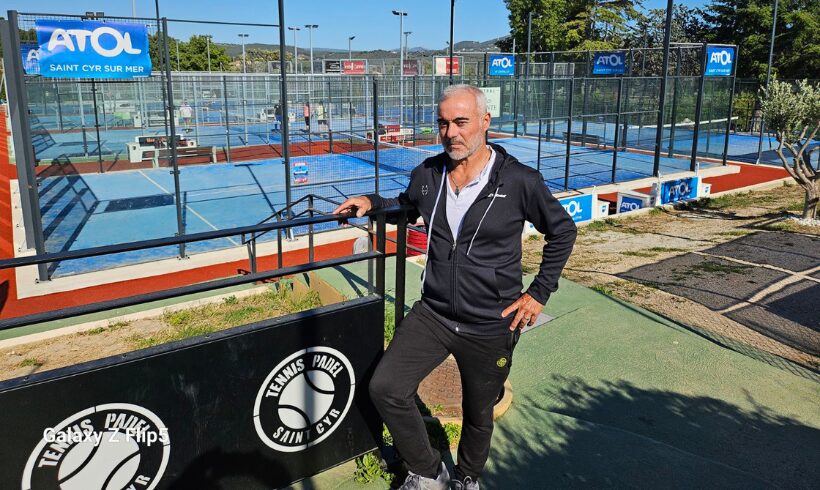 Alain Idier: “Adding tracks of padel, without sacrificing tennis”
Alain Idier: “Adding tracks of padel, without sacrificing tennis”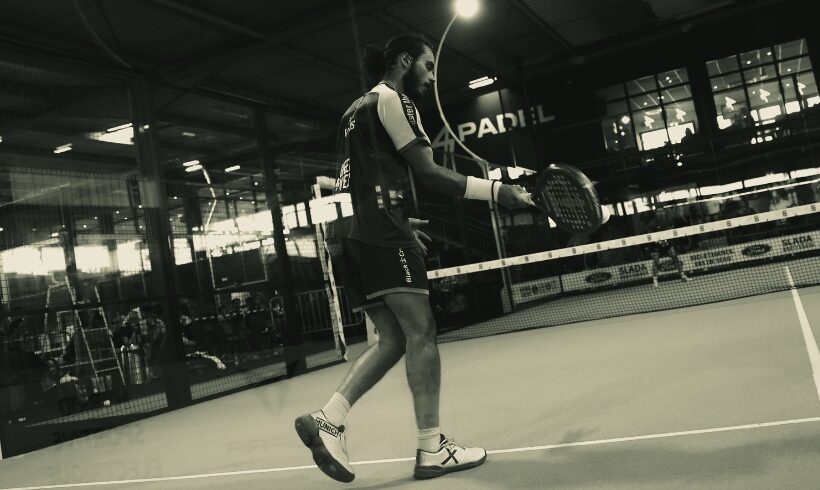 Manuel Vives: “It’s extremely difficult to get by financially”
Manuel Vives: “It’s extremely difficult to get by financially” Padel Score comes to Tahiti for American Express Padel Cup!
Padel Score comes to Tahiti for American Express Padel Cup! Mind Padel Lyon and the Auvergne Rhône-Alpes League innovate with team tournaments
Mind Padel Lyon and the Auvergne Rhône-Alpes League innovate with team tournaments Simon Boissé: “We know that there are two nations in front of us”
Simon Boissé: “We know that there are two nations in front of us”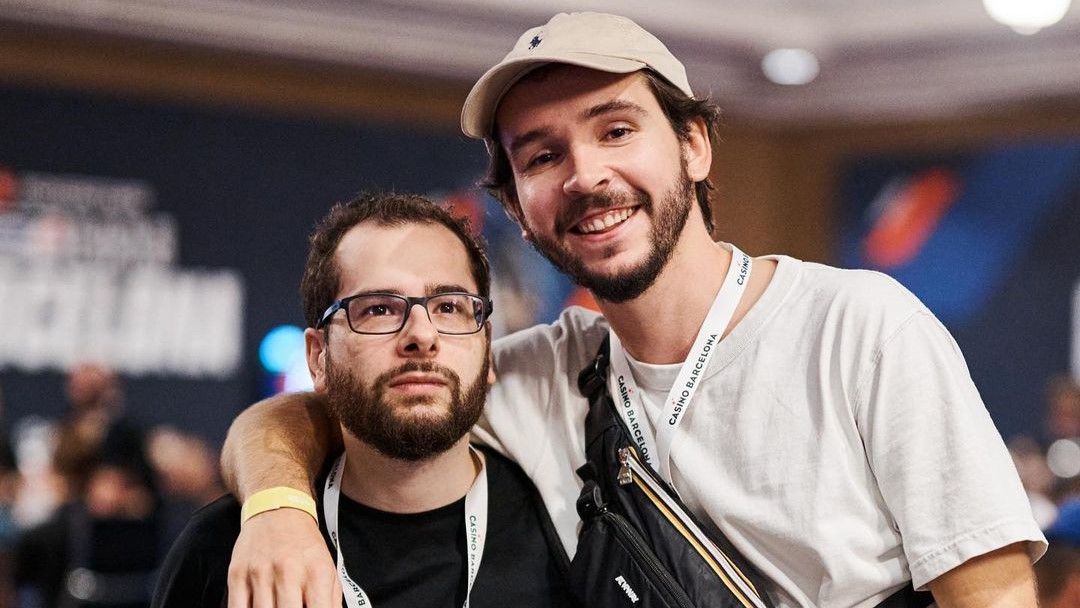 Team PAX (Domingo / Xari) returns to victory
Team PAX (Domingo / Xari) returns to victory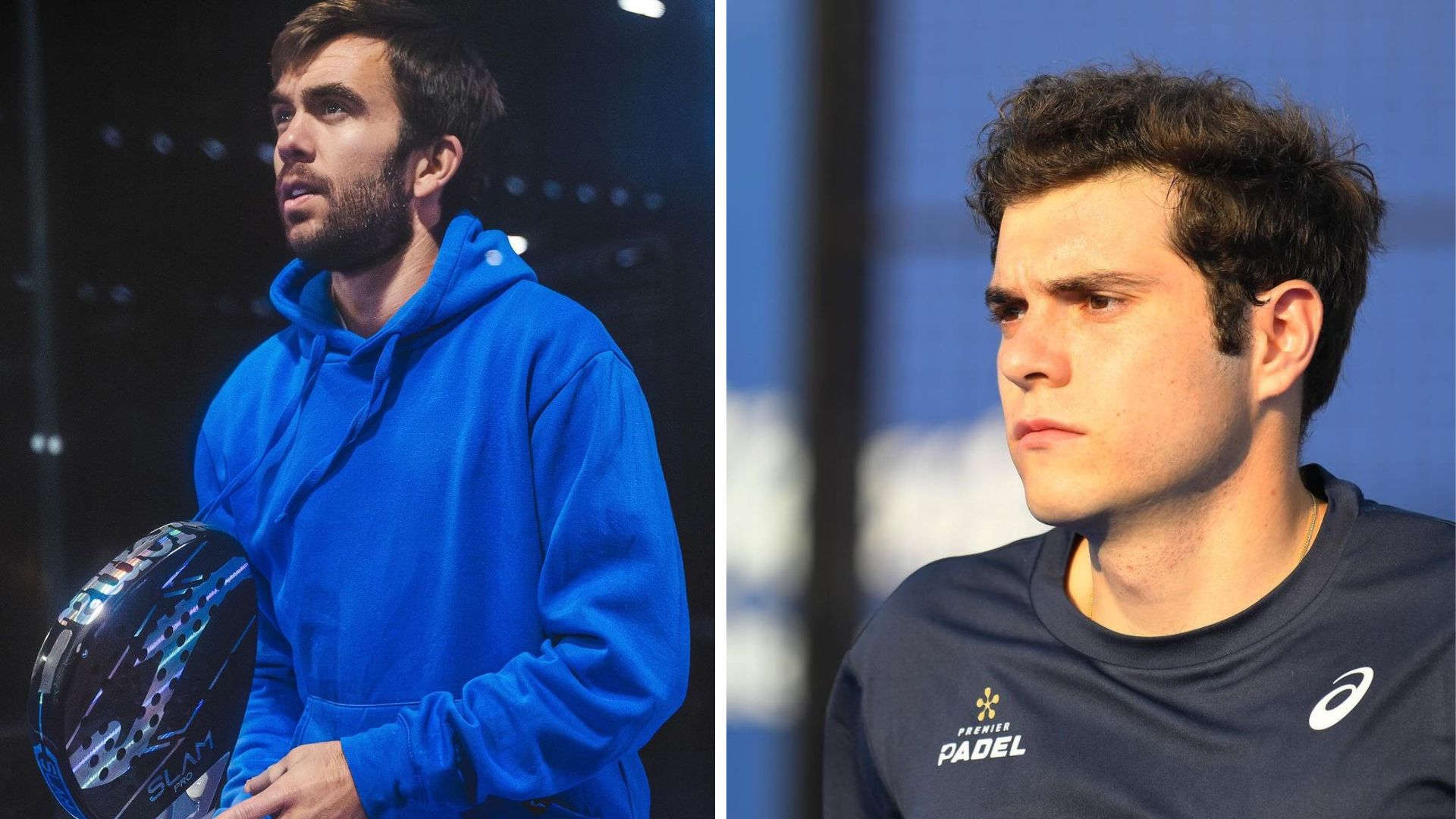 It’s off to a bad start for Pincho Fernandez and Javier Barahona…
It’s off to a bad start for Pincho Fernandez and Javier Barahona… Do you know the Rafa Nadal Academy Tour?
Do you know the Rafa Nadal Academy Tour?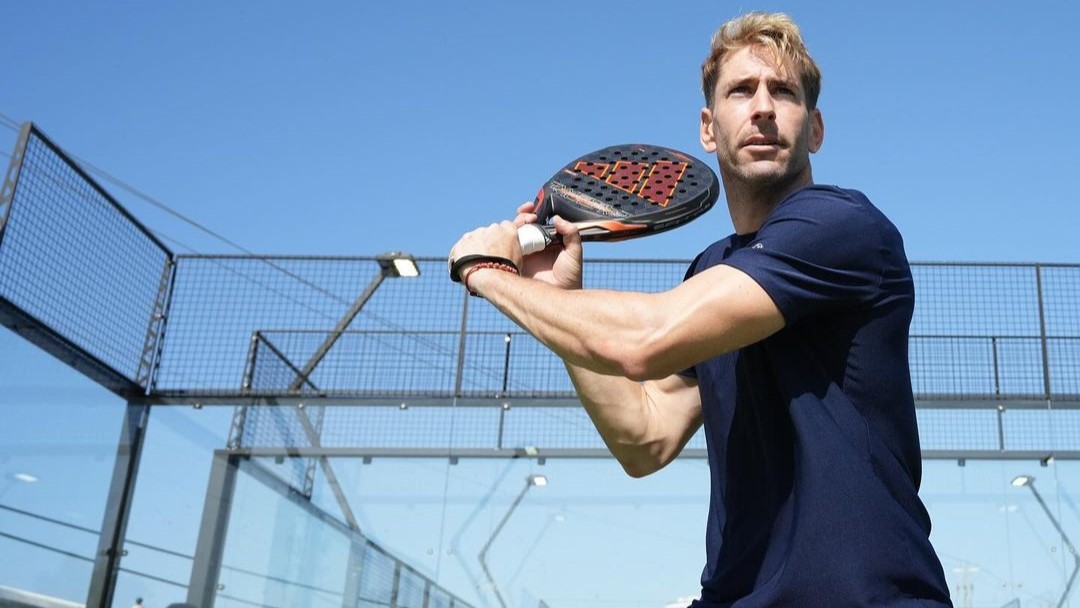 Alex Ruiz: “Finding joy again with Momo”
Alex Ruiz: “Finding joy again with Momo”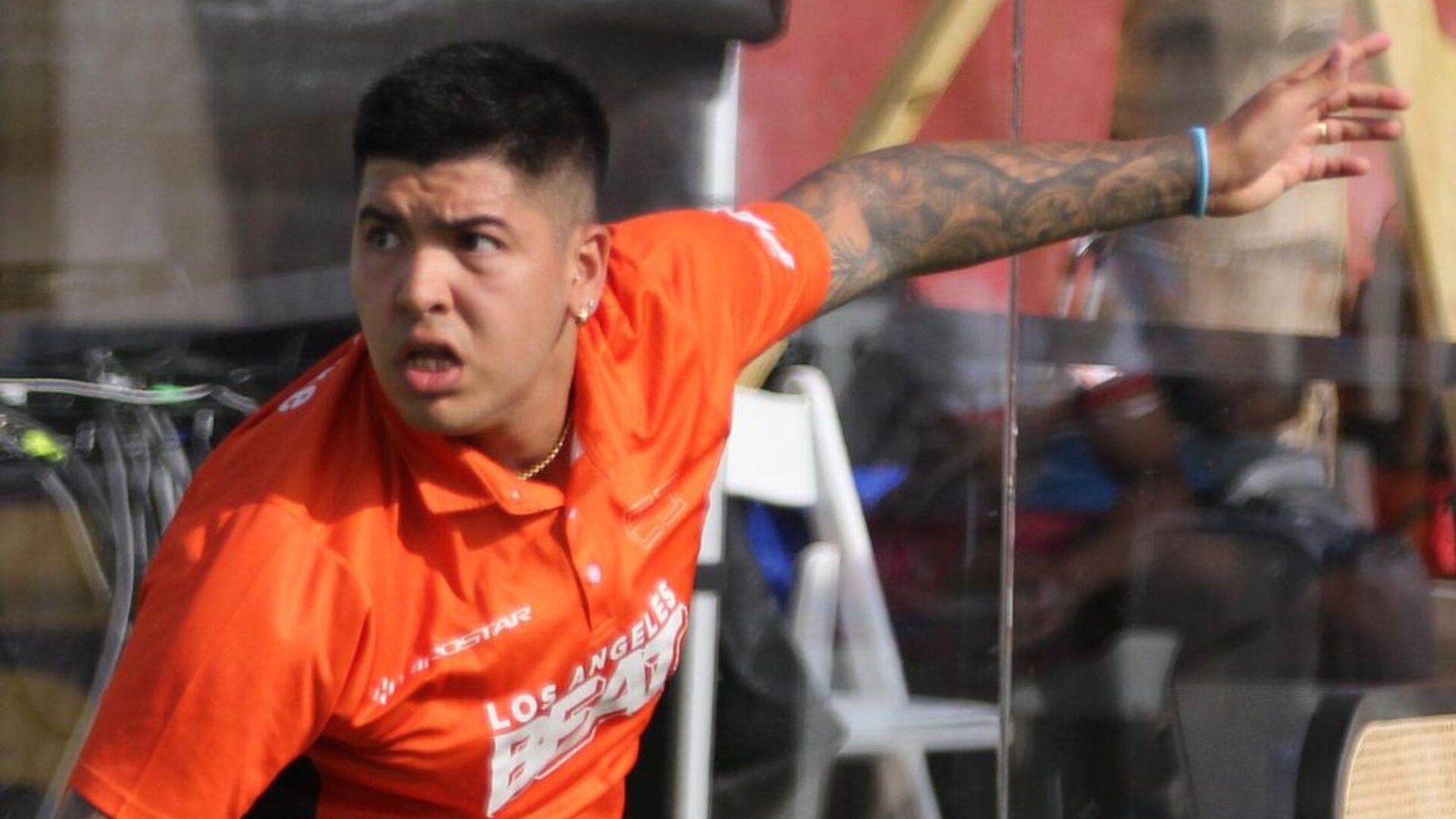 Nerone: “Tolito is not a normal player”
Nerone: “Tolito is not a normal player” Play at padel on his yacht? Possible for €233.000!
Play at padel on his yacht? Possible for €233.000!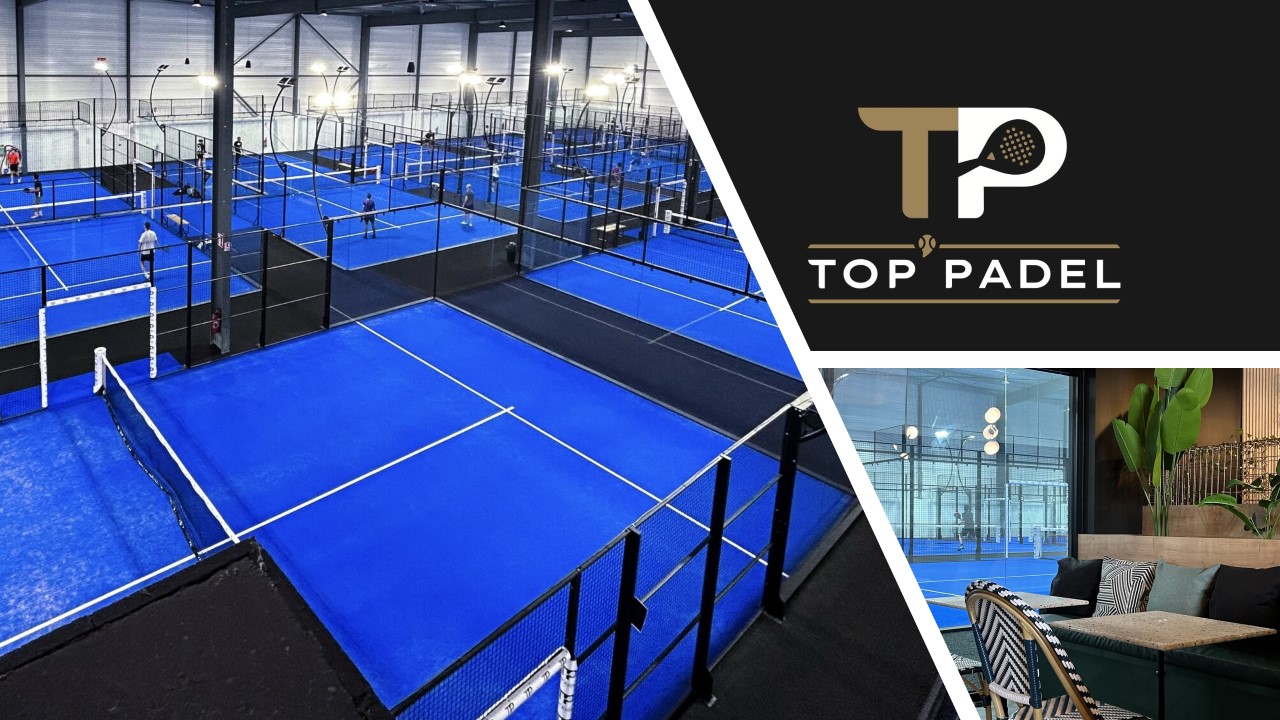 TOP Padel : “A premium club with 10 slopes in Toulouse”
TOP Padel : “A premium club with 10 slopes in Toulouse” Our Top 10 training courses padel in France and Europe
Our Top 10 training courses padel in France and Europe At the heart of padel – Episode 25: Paul and Andoni answer your questions
At the heart of padel – Episode 25: Paul and Andoni answer your questions Tactical padel – What to do when faced with players who systematically stay at the bottom?
Tactical padel – What to do when faced with players who systematically stay at the bottom? The basic tactics of padel
The basic tactics of padel At the heart of padel – Episode 25: Paul and Andoni answer your questions
At the heart of padel – Episode 25: Paul and Andoni answer your questions At the heart of padel – Episode 23: defend the window well
At the heart of padel – Episode 23: defend the window well Prohibition on playing topless Padel : the reasons
Prohibition on playing topless Padel : the reasons FIP Tour – Going far from Europe, THE strategy to earn points!
FIP Tour – Going far from Europe, THE strategy to earn points! What is a good football player? padel ?
What is a good football player? padel ? “Lefties give me headaches when I play against them!”
“Lefties give me headaches when I play against them!” At the heart of padel – Episode 14: how to earn points in winter?
At the heart of padel – Episode 14: how to earn points in winter? A par 4 is always a winner...even if you manage to defend it!
A par 4 is always a winner...even if you manage to defend it! Carbon fiber VS fiberglass: what to choose?
Carbon fiber VS fiberglass: what to choose? How to effectively test a racket padel ?
How to effectively test a racket padel ? La padel to fight Parkinson's disease
La padel to fight Parkinson's disease Don't play with a cracked or broken racket, your body will thank you!
Don't play with a cracked or broken racket, your body will thank you! Michel Cymes: “The padel, physically, it’s serious!”
Michel Cymes: “The padel, physically, it’s serious!” Jeremy Gala: “Promote the padel among young people in Belgium remains a challenge”
Jeremy Gala: “Promote the padel among young people in Belgium remains a challenge” The French Touch Academy organizes its selection day Padel-Study
The French Touch Academy organizes its selection day Padel-Study Report on the detection and training of younger generations
Report on the detection and training of younger generations